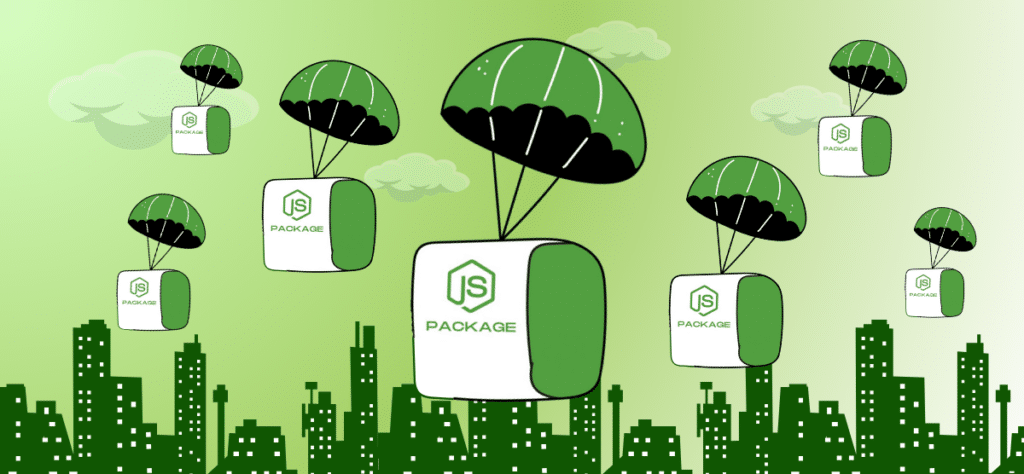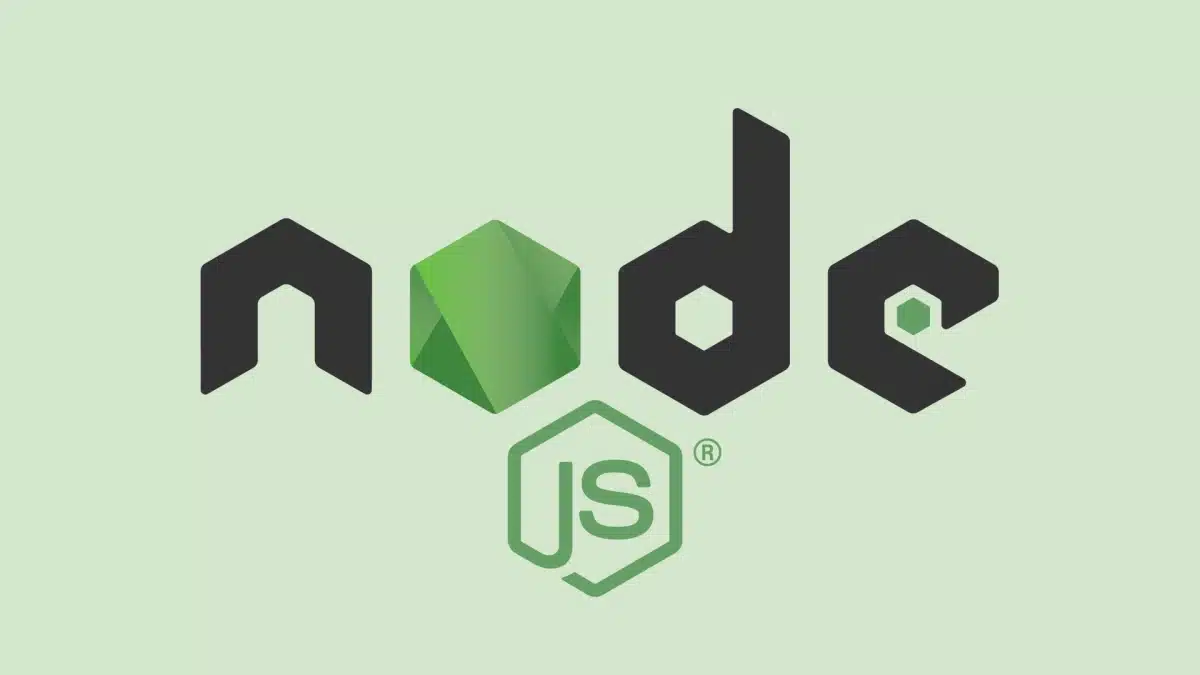Node.js has become one of the most popular platforms for building scalable, efficient, and fast web applications. With its non-blocking I/O model and event-driven architecture, Node.js is perfect for data-intensive real-time applications that run across distributed devices. This comprehensive guide will take you through everything you need to know to master Node.js, from its core concepts to advanced techniques. Whether you’re a beginner or an experienced developer, this guide will provide valuable insights and practical advice.
🧑🎓 Introduction to Node.js
Node.js is a runtime environment built on Chrome’s V8 JavaScript engine. It allows developers to execute JavaScript code server-side, which was traditionally only used in web browsers. Node.js revolutionized web development by enabling the use of JavaScript across the entire stack, leading to a more cohesive and streamlined development process.
📗 Key Features of Node.js:
- Asynchronous and Event-Driven: Node.js uses a non-blocking I/O model, which allows for the handling of multiple operations simultaneously, making it highly efficient.
- Single-Threaded: Despite its single-threaded nature, Node.js can handle multiple connections concurrently thanks to its event loop and callback functions.
- Scalability: Node.js is designed to build scalable network applications. Its ability to handle a large number of simultaneous connections with high throughput makes it ideal for real-time applications.
- Cross-Platform: Node.js can run on various platforms, including Windows, Linux, and macOS, making it a versatile choice for developers.

🔧 Setting Up Node.js
Before diving into Node.js development, you’ll need to set up the environment on your machine.
📗Installation:
- Download Node.js: Visit the official Node.js website and download the installer for your operating system.
- Install Node.js: Follow the installation instructions. The installer will also install
npm, the Node.js package manager. - Verify Installation: Open your terminal or command prompt and run
node -vandnpm -vto verify the installation.
🔮 Creating Your First Node.js Application:
📗 Initialize a New Project:
mkdir my-first-node-app
cd my-first-node-app
npm init (skip for this step add "-y" argument)📗 Create a Basic Server:
const http = require('http');
const server = http.createServer((req, res) => {
res.statusCode = 200;
res.setHeader('Content-Type', 'text/plain');
res.end('Hello, World!\n');
});
server.listen(3000, '127.0.0.1', () => {
console.log('Server running at http://127.0.0.1:3000/');
});📗 Run Your Application: Execute node index.js in your terminal, and visit http://127.0.0.1:3000/ in your browser to see the server in action.
🚀 Core Concepts of Node.js
Understanding the core concepts of Node.js is crucial for mastering the platform.
1. Event Loop:
- The event loop is the heart of Node.js. It handles asynchronous operations by offloading them to the system kernel whenever possible. Once the operation completes, the callback is added to the event loop to be executed.
2. Callbacks and Promises:
- Callbacks: Node.js relies heavily on callbacks to handle asynchronous operations. However, callbacks can lead to “callback hell,” making the code difficult to maintain.
- Promises: Promises offer a cleaner way to handle asynchronous operations, allowing chaining of operations and better error handling.
3. Modules:
- Node.js uses a module system to organize code into reusable pieces. CommonJS is the default module system in Node.js, where each file is treated as a separate module.
- Importing Modules:
const http = require('http');- Creating Custom Modules:
// myModule.js
module.exports = function() {
console.log('My custom module');
};
// index.js
const myModule = require('./myModule');
myModule();4. NPM (Node Package Manager):

📗 Installing a Package:
NPM is the default package manager for Node.js. It allows developers to install and manage third-party libraries and tools.
npm install express📗 Using a Package:
const express = require('express');
const app = express();
app.get('/', (req, res) => {
res.send('Hello, World!');
});
app.listen(3000, () => {
console.log('Server running on port 3000');
});⚔️ Advanced Node.js Techniques
Once you’re comfortable with the basics, it’s time to explore more advanced Node.js techniques.
1. Asynchronous Programming Patterns:
- Async/Await: Async/await syntax allows you to write asynchronous code that looks synchronous, making it easier to read and maintain.
async function fetchData() {
try {
const data = await getDataFromAPI();
console.log(data);
} catch (error) {
console.error(error);
}
}- Streams: Streams are a powerful way to handle data in Node.js, especially for processing large files or data chunks.
const fs = require('fs');
const readStream = fs.createReadStream('./file.txt');
readStream.on('data', chunk => {
console.log(chunk.toString());
});2. Error Handling:
- Proper error handling is crucial in Node.js applications. Use try/catch blocks for synchronous code and
.catch()for promises. - Global Error Handling:
process.on('uncaughtException', (err) => {
console.error('There was an uncaught error', err);
process.exit(1);
});3. Security Best Practices:
- Input Validation: Always validate user input to prevent injection attacks.
- Environment Variables: Use environment variables for sensitive data like API keys and database credentials.
DB_PASSWORD=supersecretpassword- Dependencies Management: Regularly update dependencies to avoid security vulnerabilities.
4. Performance Optimization:
- Clustering: Node.js applications can be scaled horizontally by using clustering, which allows multiple instances of the app to run on different cores.
- Caching: Implement caching strategies to reduce load times and improve performance.
💡 Node.js in Production
Deploying Node.js applications in production requires careful consideration of performance, security, and scalability.
1. Deployment Strategies:
- Containerization with Docker: Docker allows you to package your application with all its dependencies, ensuring consistency across environments.
- Continuous Integration/Continuous Deployment (CI/CD): Automate the deployment process with CI/CD pipelines to streamline updates and ensure reliability.
2. Monitoring and Logging:
- Monitoring: Tools like PM2, New Relic, and Datadog can be used to monitor application performance and detect issues in real time.
- Logging: Implement logging with tools like Winston or Morgan to capture and analyze logs for troubleshooting.
Mastering Node.js involves a deep understanding of its core concepts, advanced techniques, and best practices for deploying and maintaining production applications. By following the strategies outlined in this guide, you will be well on your way to becoming a proficient Node.js developer. Remember, continuous learning and experimentation are key to staying ahead in the ever-evolving world of web development.
📌 Need Help or Support?
If you have any questions, need help with Node.js, or just want to connect with other developers, join our Discord Community. Our community is here to help and share knowledge!
